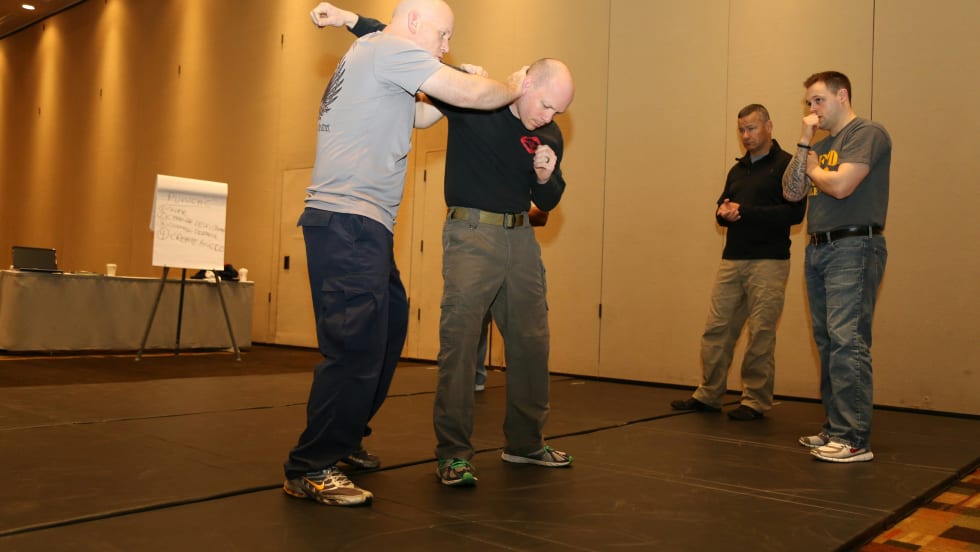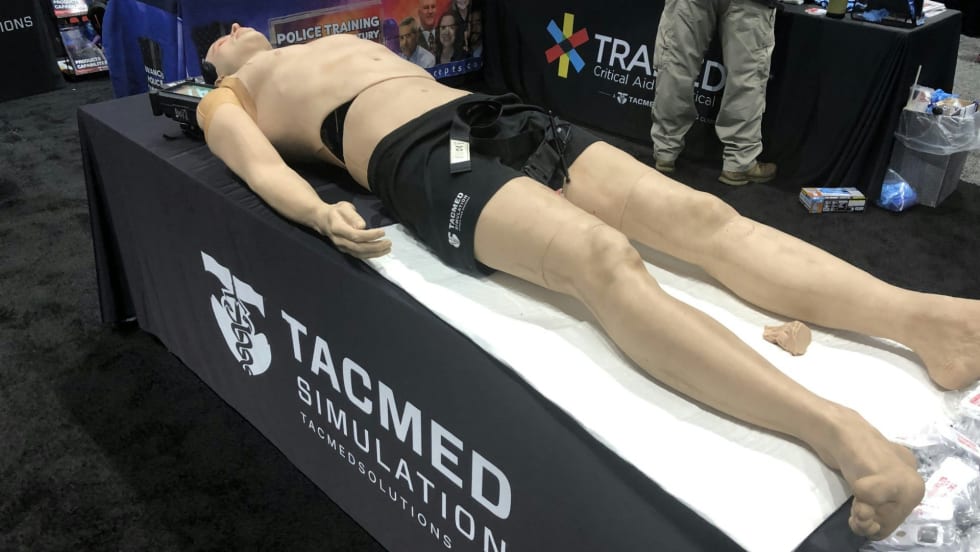Using technology to collect evidence is no longer an option. It's a necessity. Yes, cell phones can provide investigators with a call history, text messages. and contact lists. They can also provide us with other valuable data that's sometimes overlooked.
Smartphones have operating systems; store data; access the Internet; and send/receive files that could be potential evidence. Smartphones also have the ability to use applications that can circumvent records subpoenaed through their service provider. An example of this is Skype and WhatsApp that use data plans instead of text messages to communicate. The service provider does not have a record of the conversation.












